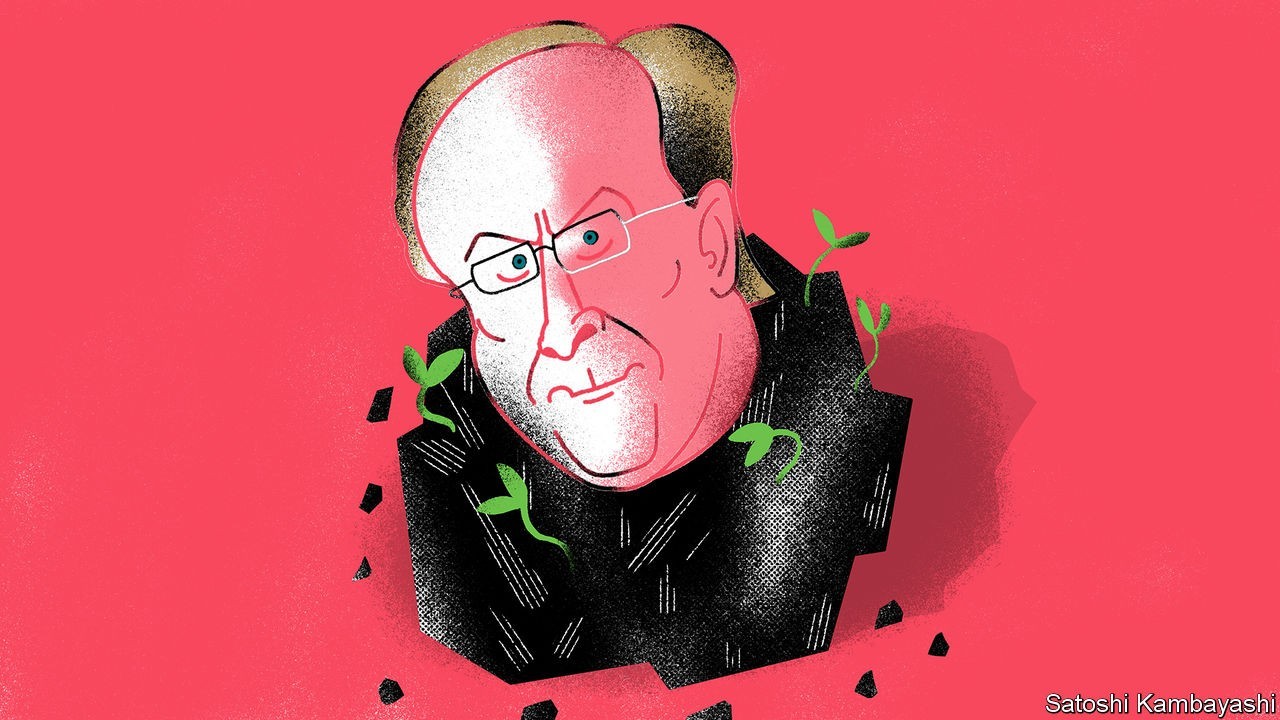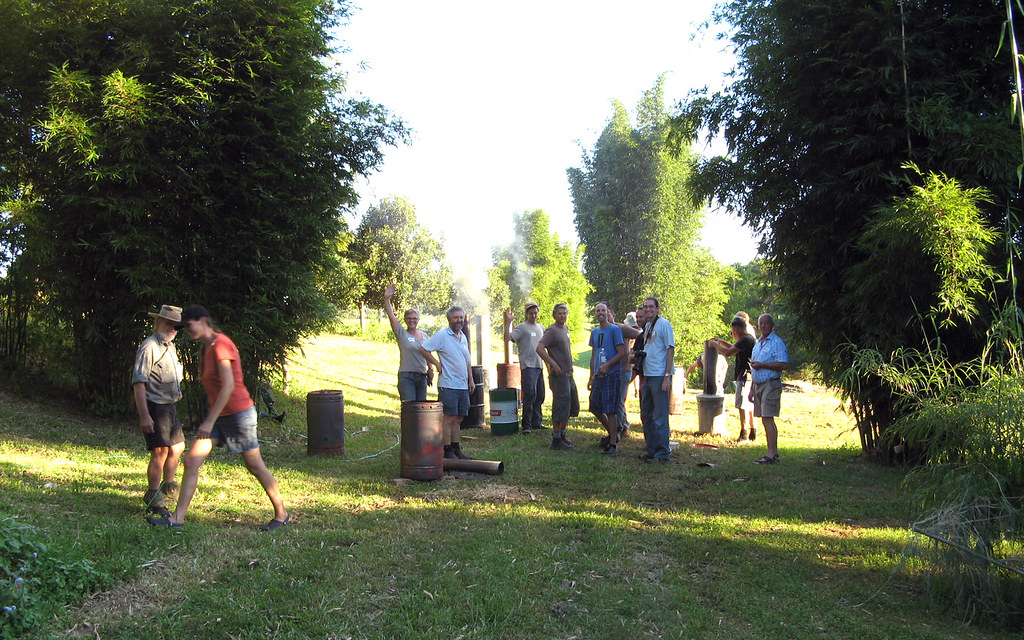Power Raid
We Exist To Win Premierships
My question on that California scenario is what is the marginal cost per kW for the two production plants? I don’t know the answer but I would expect the renewable plant to have a lower cost.
We are at the stage where we can’t simply choose the least capital cost option.
If we strip back to pure cost of producing power to meet demand coal would still be the cheapest based on all in costs (capital amortisation and operating costs).
However we have decided globally that we want to lower CO2 so a straight cost methodology has been thrown out the window.
To enable renewables to compete we have moved to a product dumping model and subsidies, where product is dumped onto the market on a supply driven basis rather than demand.
The outcome is an increase in the cost of production to meet demand as more capital is amortised over a smaller base and increased our fixed costs. The unreliable nature also means the price paid by the market is the level based on the highest marginal rate for the last unit supplied.
We have done this without making a dent in reducing CO2 anywhere near the benchmark levels.
We then have the lobby groups and politicians distorting facts such as who or what is responsible for the increased costs and the CO2.
We need a full cost system on price and CO2 based on reliability to meet demand. Otherwise we will have this debate and failed outcomes for another decade and the decade after that.
Once we are honest on price and effectiveness on reducing CO2, heading in the right direction is easy.
FYI batteries are around $0.42 per kWh






